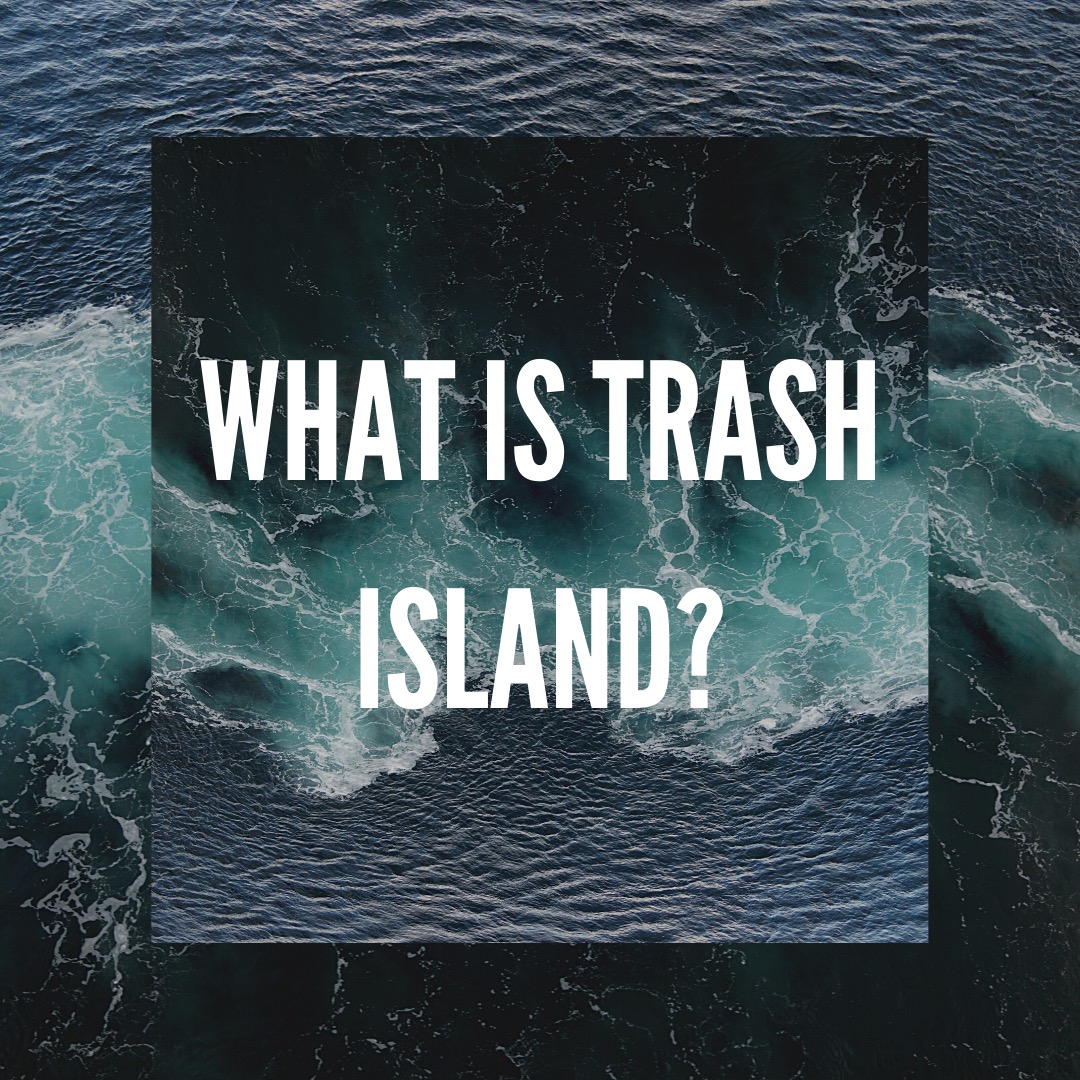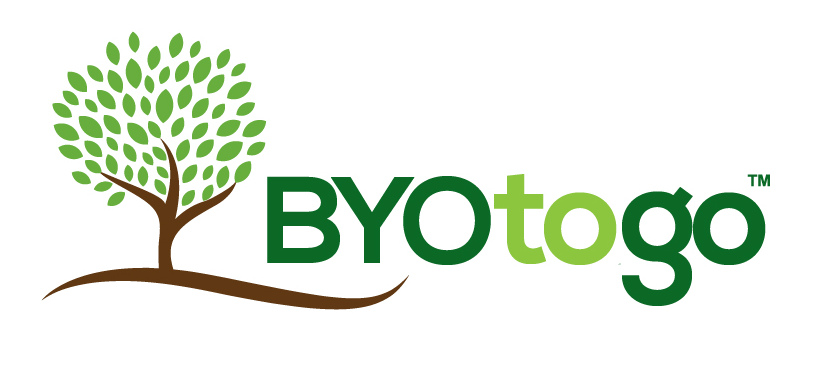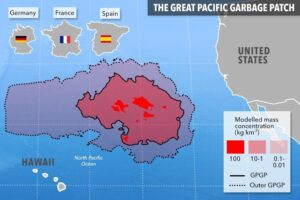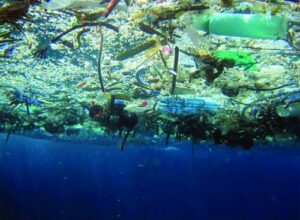
Key Takeaways:
- Trash Island is a concentrated patch of litter and waste made up of large and microscopic plastics.
- Its destruction stems from mainly on-land human consumption of plastics.
- It is damaging to the ocean and its ecosystem, which directly affects humans.
- Ditch single-use plastics!
The state of Trash Island today?
The “Great Pacific Garbage Patch” Trash Island is the most considerable offshore accumulation of plastic and marine debris in the entire world. Marine debris is a form of litter from human-made waste that has purposefully or accidentally been released into the ocean or sea.
Where is Trash Island?
Located between California and Hawaii, the United States is home to the plastic landmass equivalent to France’s country’s size three times.
How Did Trash Island Form?
The Great Pacific Garbage Patch is one of five significant plastic accumulations globally, containing various plastics. A majority of them are microplastics. These plastics and trash go through photodegradation, in which the sun breaks and wears down the plastic into microplastics.
Microplastics are not biodegradable and have broken and worn down into exponentially smaller particles that spread over a significant distance. These plastics are not only visible on top of the water; they are also scattered throughout the ocean floor.
Don’t be confused! “Trash Island” is not a literal island but a vast accumulation of microplastics, marine-debris, and garbage.
Where Did This Waste Come From?
It is estimated that nearly 80 percent of the debris is from land-based sources of litter and pollution, while only 20 percent is from ocean-based sources. These sources of waste and garbage are detrimental to the ecosystem of the ocean.
Mammals and fish are consuming the plastic affecting digestion, and the plastic itself blocks sunlight from getting to plankton and algae, thus disrupting the ecosystem. Without these types of life forms working naturally in our oceans, our aquatic ecosystem will slowly die off and cause a cascading effect that will be felt across the globe.
A daunting estimate of 1.8 trillion plastic pieces was estimated to be in the Great Pacific Garbage Patch. Dating back to the early 1970s, the garbage patch has been accumulating rapidly over the last 50 years due to the mass consumption and utilization of plastic products.
If you want to learn more about the Great Pacific Garbage Patch’s origin and how it formed today, check out this link.
What Can We Do about Trash Island?
It is ever more critical to our Earth’s perseverance to utilize reusable materials and reduce or even abolish plastic use. It is never too late to start using reusable products and start eliminating single-use waste.
Let’s lead by example, do your part to make our planet a more sustainable and environmentally friendly place to live in. We can use glass, ceramics, and certain metals to reuse a thousand times over instead of single-use plastic!
Pledge to bring your own reusable container to pack leftovers and start making a difference today!
Follow us on social to stay up to date on our movement!
Written by Daniel Macura


